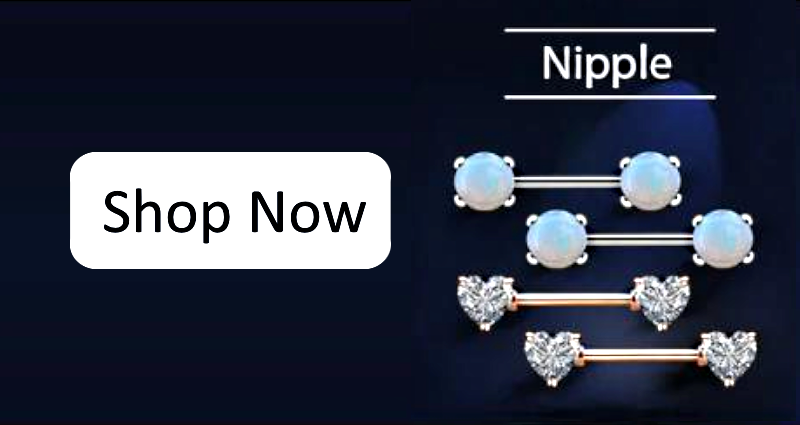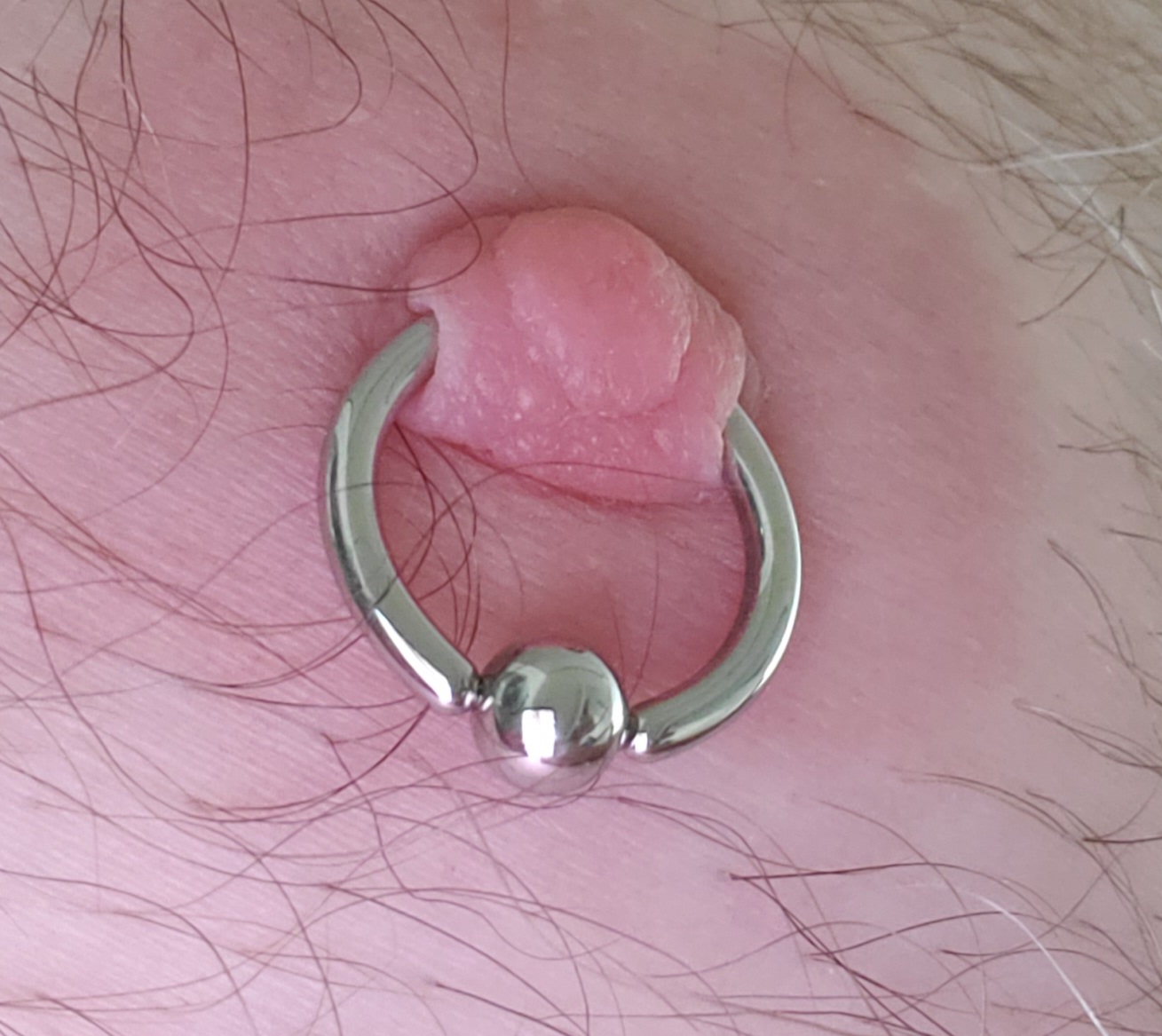Join The Piercing Ya Newsletter
What Gauge Is A Nipple Piercing?
When contemplating getting a nipple piercing, one of the key questions that often arises is, “What gauge is a nipple piercing?” Understanding the gauge, or thickness, of the jewelry used for a nipple piercing is crucial as it affects the healing process, the appearance, and the comfort level of the piercing.
Typically, piercers use a nipple piercing gauge of 14 or a 12 gauge needle for nipple piercings. Piercers prefer these sizes because they are thick enough to ensure the piercing is stable and less prone to complications. Smaller needles lead to migration (movement of the piercing) or rejection (the body pushing out the piercing as a foreign object). A 14 gauge, which is about 1.6mm in thickness, is the most common size used for nipple piercings. It provides a balance between being substantial enough for a secure piercing and not too large to cause excessive discomfort.

Nipple Piercing Gauge Alternatives
In some cases, piercers may use a 12 gauge, approximately 2mm in thickness. This size is slightly thicker and can offer more stability for the piercing, especially in areas where the tissue is denser. The choice between a 14 gauge and a 12 gauge often depends on the anatomy of the individual. Also, the preference of the piercer, and sometimes, the client’s personal choice are factors too.
It’s important to note that piercers generally do not recommend using a smaller gauge, like 16 gauge, for nipple piercings, although it’s used for other types of piercings. Moreover, if a nipple is extremely small and cannot accommodate a thicker gauge a 16g may be used. Most of the time smaller gauges can lead to the “cheese-cutter effect,”. This effect means the thinner jewelry can more easily tear through the tissue. It leads to pain and potentially prolonging the healing process.
When it comes to the healing process, the gauge of a nipple piercing can play a significant role. Thicker gauges tend to heal more robustly as they create a more substantial fistula. The fistula is the tunnel of scar tissue that forms around the jewelry. The size and and fistula reduce the risk of complications. The healing time for a nipple piercing is anywhere from 6 to 12 months. Moreover, there are possibilities where it can even be longer. It’s crucial during this time to follow proper aftercare procedures to ensure healthy healing.

The Size In A Nutshell
In a nutshell, when considering a nipple piercing, you’ll likely be looking at either a 14 or a 12 gauge piercing. You should choose between these sizes in consultation with a professional piercer, considering your anatomy, lifestyle, and personal comfort. Remember, the gauge is just one aspect of the piercing process. The success and health of your piercing will also depend on many factors. These include the quality of the jewelry, the skill of the piercer, and your adherence to aftercare guidelines.
Would you like additional information about nipple piercings? See our in-depth articles with all the details here: Nipple Piercings.
Need to find a piercer? Check out the Association of Professional Piercers.

